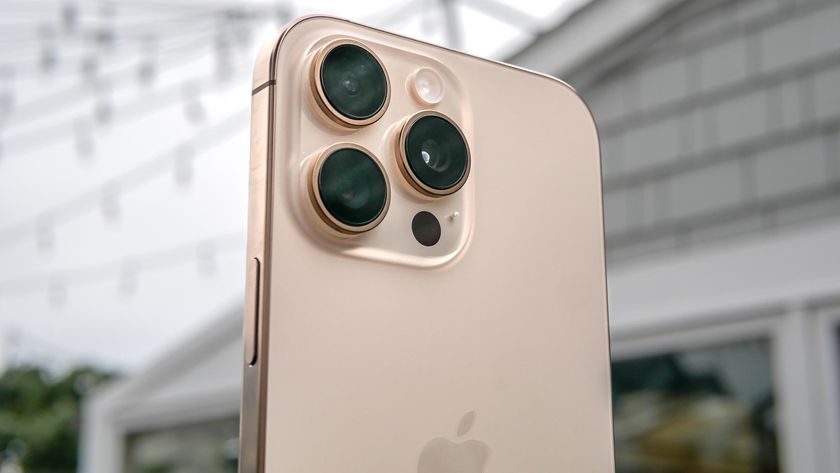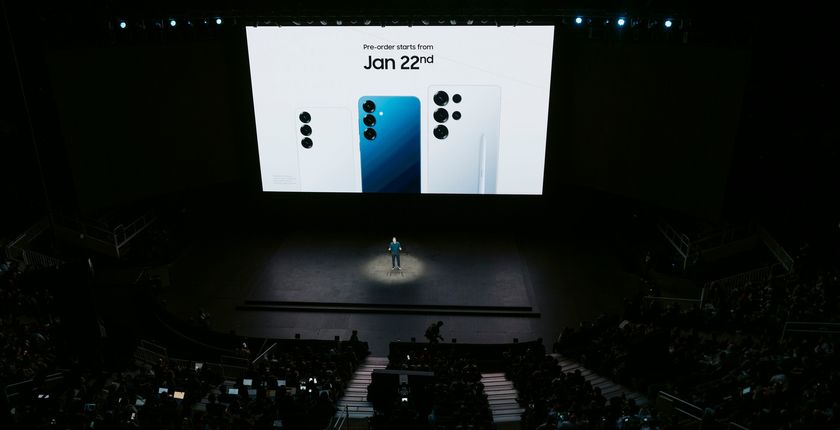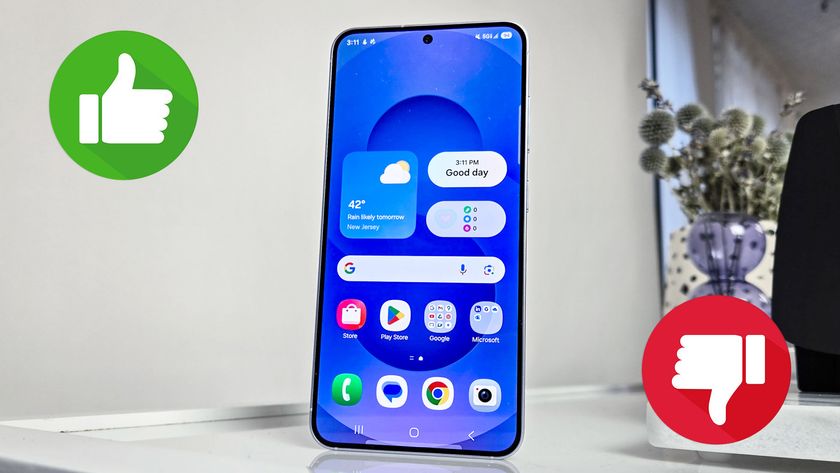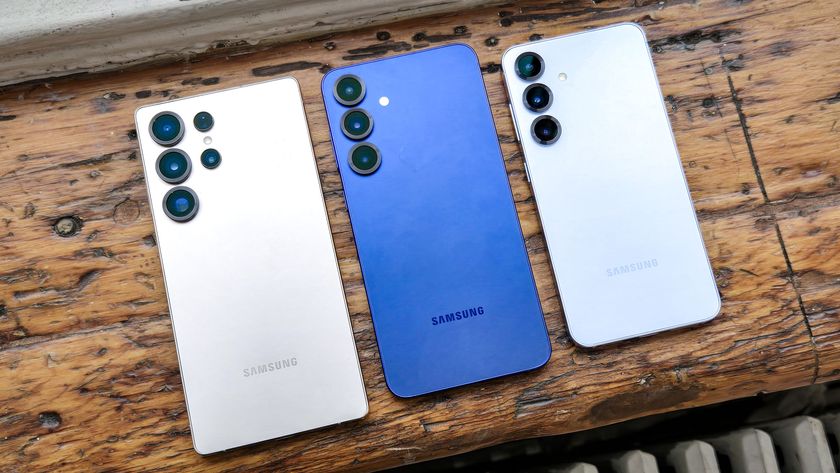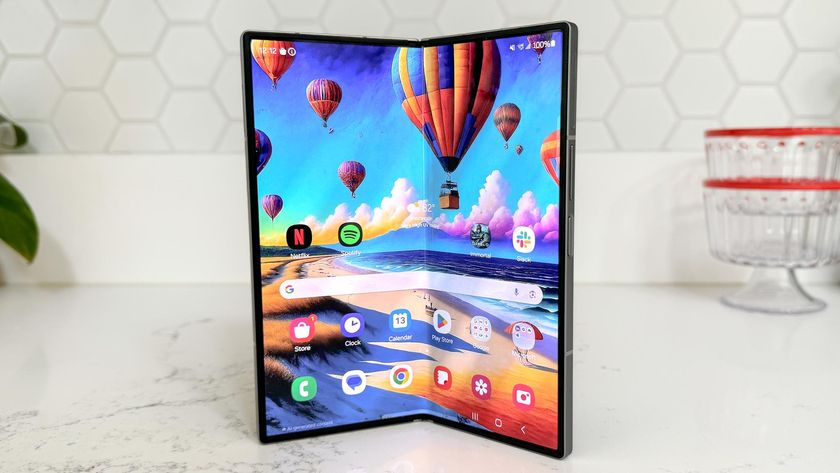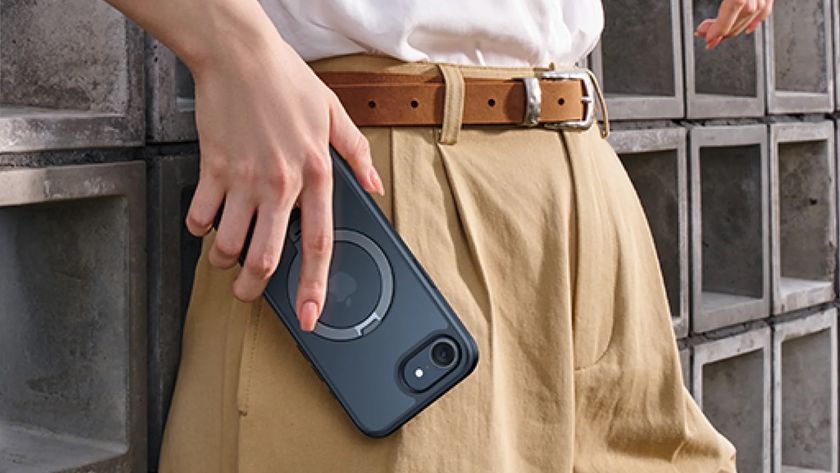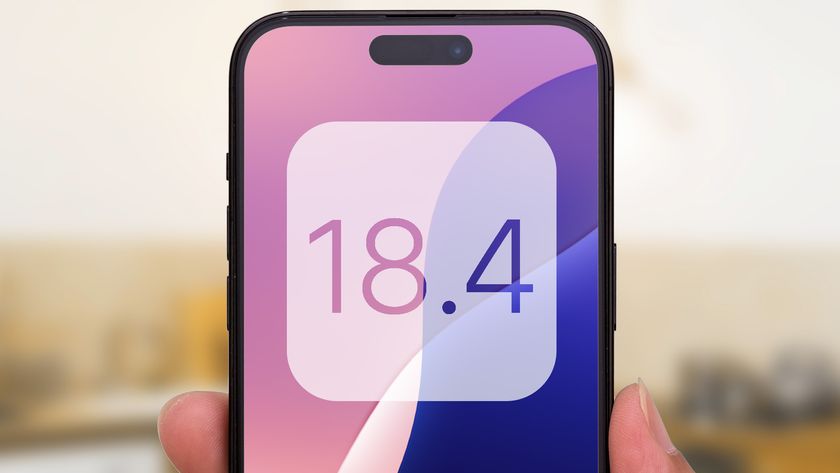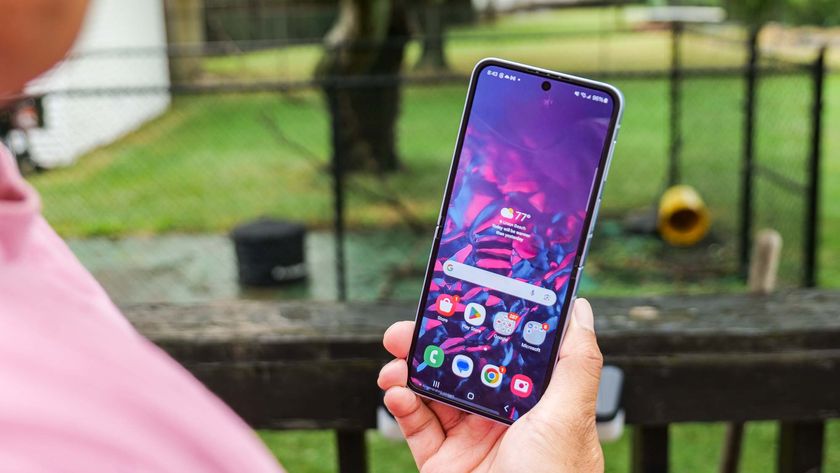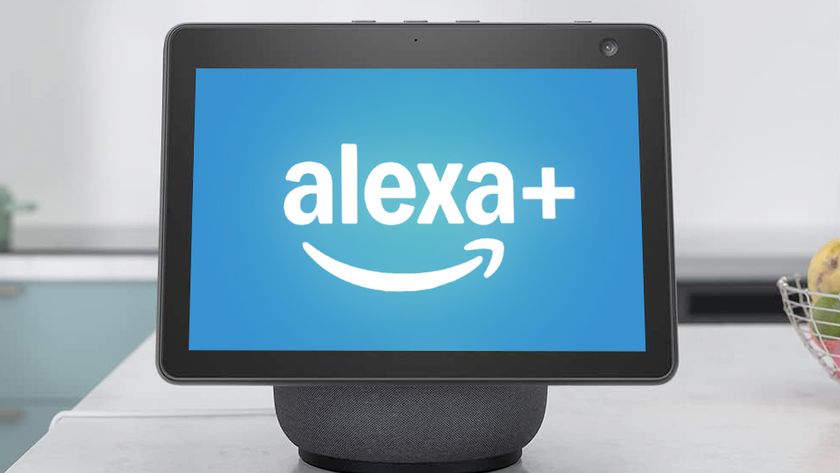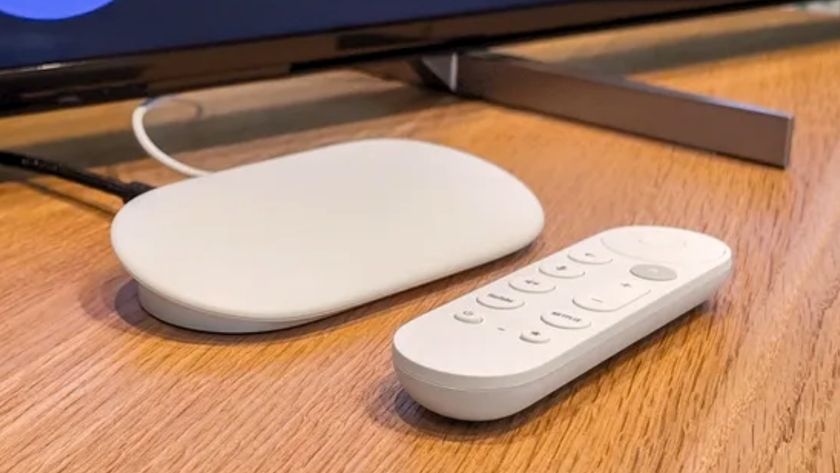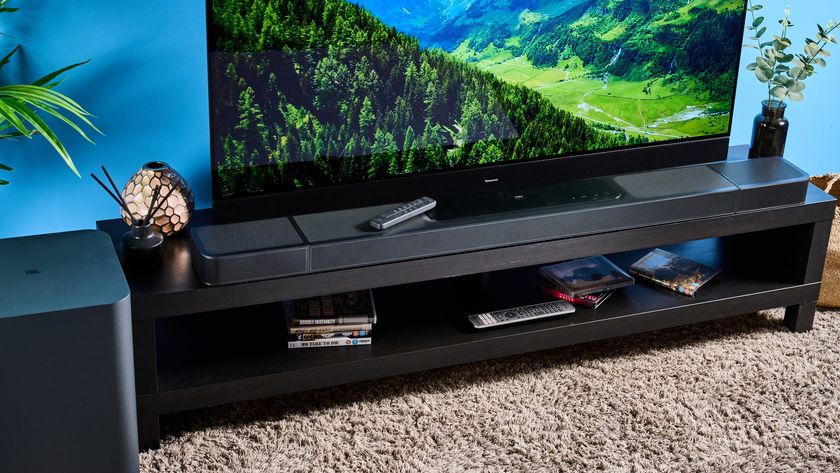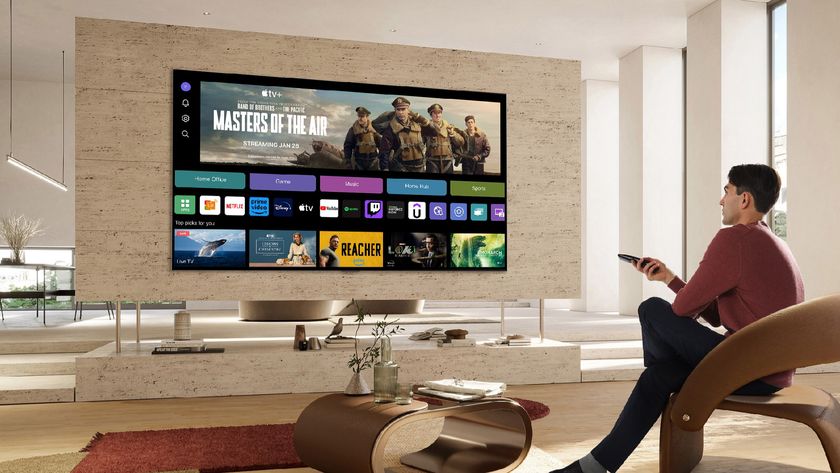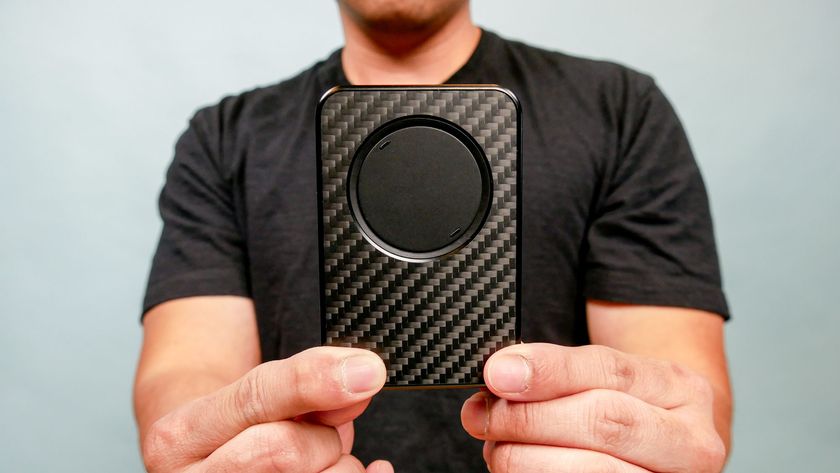Selling your old phone? I worked in second-hand electronics stores and you need to avoid these 3 mistakes
It's 2025 so it's out with the old and in with the new
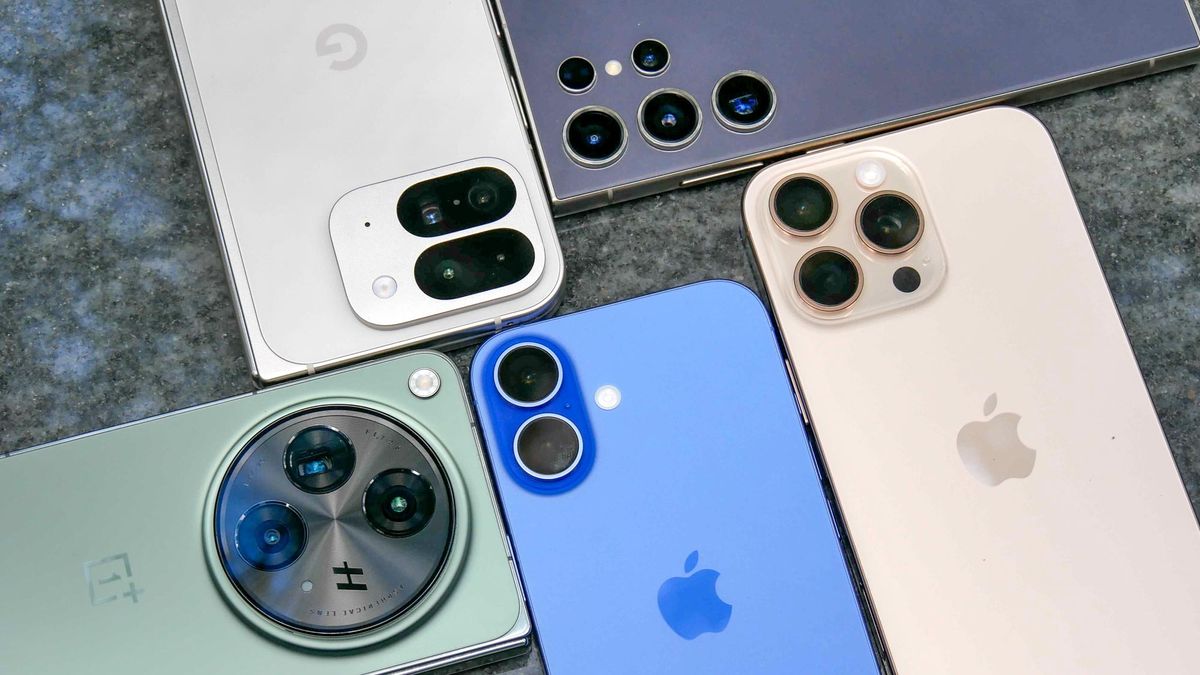
With the new year in full swing, some lucky people will have received some of the best phones over the holidays. However, with that comes the challenge of what to do with your old device.
In the past, I worked in several places that specialized in selling second-hand electronics, and part of that included buying old hardware from the general public. At that time I saw a lot of people bringing in phones, consoles, tablets, and PCs and many of them made the same mistakes every time.
Selling a phone should be pretty simple and stress-free, so here is a list of the top three areas people tend to make mistakes and what you should be looking out for.

Check and clean your phone before selling it
The first thing to do is have a good look at your phone from all angles. You want to make sure that the device is clean while checking for damage. The reason is that grit and grime can hide more damage than you realize, and can also just put the person testing the phone in a bad mood. You want to make a good first impression with the staff in the store because that can be the difference between and low and a medium grade.
Gauging damage is a bit tricky, as there can be several different sources, but there are a couple of tricks that you can use. The main thing to look for is damage to the screen and rear plate. Also, and this is important, if you put on a screen protector make sure you check under it. I have seen more than a few people bring in a phone to sell as cracked without realizing that there’s a see-through cover on their screen.
Finally, run a button check and a charging check to make sure everything is working as it should. For instance, check nothing is blocking the charging port that might make a phone tester think it’s faulty. You also need to check the speakers to make sure nothing is blocking them, the same with sticky buttons.
In all honesty, many apparent faults can be solved with a good cleaning and We have a full breakdown of how to clean your phone according to the manufacturers that might help. You never know, it might improve the price you're offered.
Sign up to get the BEST of Tom's Guide direct to your inbox.
Get instant access to breaking news, the hottest reviews, great deals and helpful tips.
Reset the phone and remove your accounts
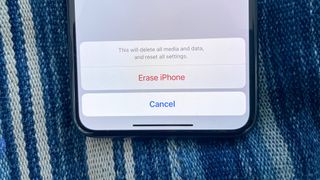
Every guide you see online will tell you to make sure that you reset either your iPhone or Android before you sell it. There’s a good reason for this; you keep a lot of pretty sensitive things on your phone that you probably don’t want people to see. I wish I could say that the person testing your phone won’t snoop through your images, but it happens so better to be safe than sorry. Not only that, if your data is still retrievable then it means whoever buys the phone might have access.
It is worth making sure you have the phone's IMEI number on hand when selling the device, as it makes it easier to prove you own it. Honestly, you should have the number anyway as it makes it much easier to find the device if it is lost or stolen.
There’s another reason to do all this beforehand. It will save you time in the long run. See, there’s an issue where not removing the accounts ends up locking the phone down. As such, when testing the phone, you can't progress unless someone knows the necessary password. That means that, when you come back for the money, you'll have to wait around as they have you unlock the phone again and remove the details. Honestly, it's a waste of everyone's time.
Know the seller and their grading system
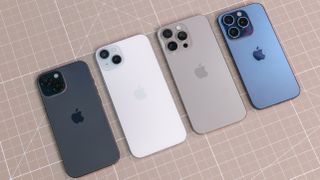
Finally, it’s worth knowing everything you can about the store’s grading system and what contributes to it. For the most part, the main thing stores will look at is the quality of the phone, as stated before, but there are a couple of other things to note. The first is the presence of a box, including any necessary sleeves and inserts. Having the box will help to push the phone's quality rating up, but it isn’t a guarantee.
Next, you need to check what the store policy is when it comes to cables. Most places will require a charging cable with the phone and, if you don’t have one, then you will be charged the cost of a replacement. The last thing you want is for five to ten bucks to be taken off your final amount because you didn’t put the cable in with the phone. It’s worth noting that stores also won’t usually take headphones, even if the original phone is supplied with them, due to health and safety concerns.
Finally, and this is important, make sure you check the buyer out before handing the device over. Most major companies will have a reviews section that you can check. This goes double for any company that requires you to send the device to them. If this is the case then make sure you document everything, including taking images of the phone before you send it and the package, etc.
Selling your phone should be pretty easy, and hopefully, this breakdown will take some of the stress out of the experience. The main thing to remember is that you don't have to sell your phone; it's yours until they hand the money over. So, if you don't like the cost or process you are well within your rights to take the phone back and move on.
More from Tom's Guide

Josh is a staff writer for Tom's Guide and is based in the UK. He has worked for several publications but now works primarily on mobile phones. Outside of phones, he has a passion for video games, novels, and Warhammer.
